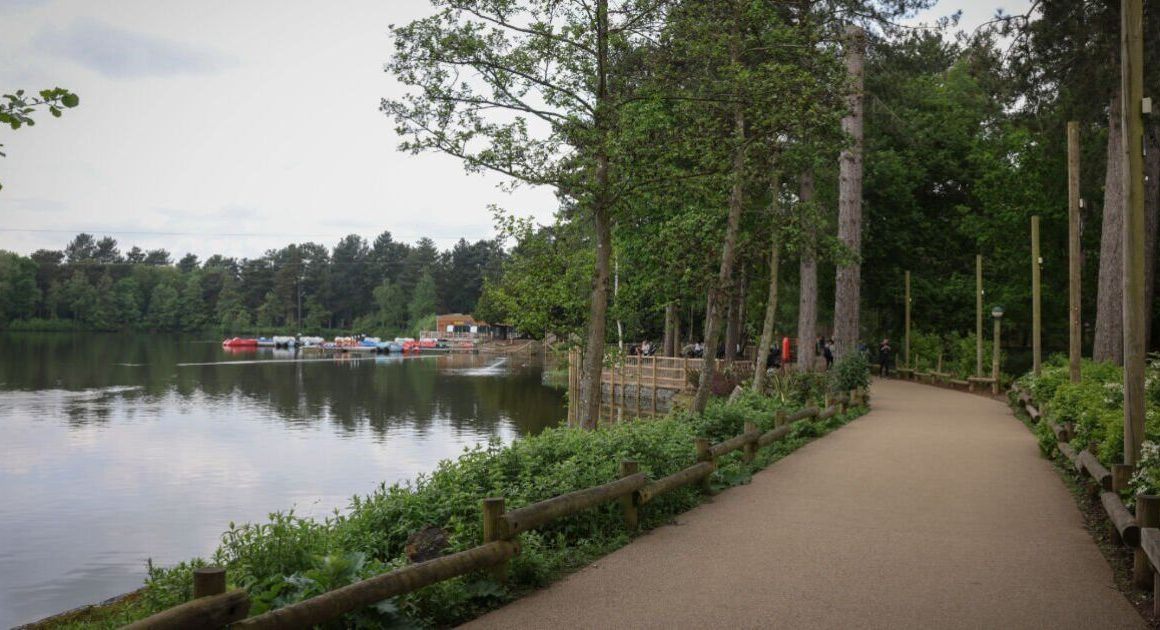A scientist has proposed building two mammoth dams to completely close off the North Sea and protect an estimated 25 million lives.
The radical plan could cost a whopping £427billion and would protect millions of Europeans from rising sea levels as a result of global warming.
The two dams would enclose the North Sea, with one built in the English Channel between France and England and another between Scotland and Norway. Named the Northern European Enclosure Dam (NEED), the proposal would require 51 billion tons of sand to build.
Sjoerd Groeskamp, an oceanographer at the Royal Netherlands Institute for Sea Research, called the project “a possible solution”.
Groeskamp said it also appeared technically viable. The depth of the North Sea between France and England rarely exceeded 100 metres, he said, while between Scotland and Norway it averaged about 127 metres, peaking at just over 320 off the coast of Norway.
The report said: “If constructed, NEED would be one of the largest civil-engineering challenges ever faced.”
Sea levels have already risen 21 centimetres since the industrial revolution in 1880.
Climate change models currently predict sea levels will be rising for centuries to come – well beyond 2100. Some models predict a rise of up to two metres by 2100, and 10 metres by the year 2500.
In the American Journal of Meteorology, Mr Groeskamp wrote: “A rise of 10 metres by the year 2500 is predicted, according to the bleakest scenarios.
“This dam is therefore mainly a call to do something about climate change now.”
He added: “If we do nothing, this extreme dam might just be the only solution.”
The longest of the two dams proposed for the NEED would be the longest dam in the world, stretching 295 miles between Bergen in Norway and the northern tip of Scotland, via the Orkney and Shetland Islands. The other, meanwhile, would cross 100 miles of sea between Brest in France and the south west of England.
Groeskamp estimates that it would take 50 to 100 years to complete; he has not yet revealed how he determined the cost projection or construction timetable.
As of 2020, the scheme remains a thought experiment intended to portray engineered solutions to the effects of climate change.












